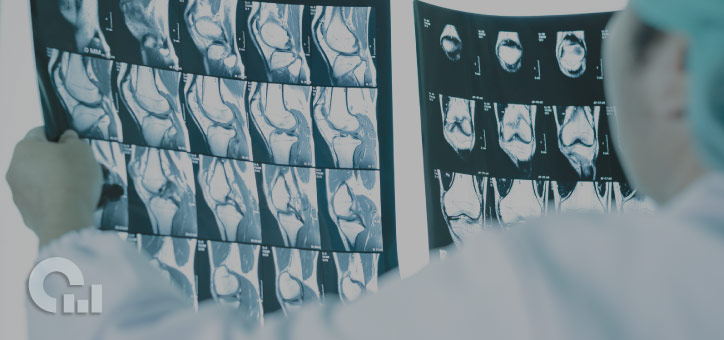Sports medicine opens doors for many people. Combining science with sports, it’s an ideal career for those who are passionate about both athletics and helping others. From helping athletes heal in clinical environments to supporting teams on the field, sports medicine professionals are flourishing right now. We mean it—very few fields are growing quicker than sports medicine.
Yet, for some people, a huge question mark exists over what it takes to become a sports medicine doctor. This confusion is exacerbated by the many types of doctors that exist within the sports medicine umbrella. In this post, we’re going to break down some popular sports medicine careers and explain the requirements to get into those professions.
Physical Therapist

Physical therapists are the most abundant type of sports medicine doctor. They work with all kinds of patients, from athletes to the elderly. In most cases, however, physical therapists work with people recovering from an injury. Physical therapists create treatment plans to help patients reduce pain and improve mobility, test and measure a patient’s strength, and consult with other experts to help a patient heal.
According to the U.S. Bureau of Labor Statistics (BLS), the average salary for a physical therapist is $87,930. The lowest-paid 10% of physical therapists earn $60,390, while the top 10% make $123,350. It’s a burgeoning profession, too. According to the BLS, the field will grow in numbers by 22% over the next ten years.
So what does it take to become a physical therapist? First, you need to complete the required schooling. This comprises a normal four-year bachelor’s degree, preferably in a related field, and a three-year Doctor of Physical Therapy degree. A few schools combine the two to create an all-in-one program, but most programs are separate.
After you complete your studies, graduates must obtain licensure through the FSBPT to practice their craft. Post-licensure, students must enroll in a clinical residency or fellowship program. These programs last anywhere between six months and three years, which is enough time for graduates to become acquainted with most physical therapy practices.
Sports Medicine Physician
Sports medicine physicians focus on musculoskeletal medicine, with an understanding of acute and overuse injuries. They are the non-surgeon companions to orthopedic surgeons, which we will explain next. Additionally, sports medicine physicians are familiar with concussions, nutrition practices, injury prevention, and play a role in deciding whether athletes are ready to return to play.
According to the BLS, physicians earn around $200,000 per year. While the website doesn’t have a specific section for sports medicine physicians, you can expect to make about that much. Sports medicine physicians are expected to increase in numbers by 7% over the next ten years.

The path to becoming a sports medicine physician is long, but it’s well compensated. Aspiring physicians must complete a four-year bachelor’s degree, a four-year medical school degree, and between three and seven years in a residency program.
Then, you’ll be able to become a physician, but you’ll still need an additional one or two years of fellowship training to become a sports medicine physician. Finally, you must pass a certification exam to obtain a Certificate of Added Qualification in Sports Medicine.
Orthopedic Surgeon
Orthopedic surgeons operate on people with muscular and bone-related issues. They mend broken bones, replace painful joints, and manage a wide variety of other sports injuries. If you’ve watched any football games, you can probably imagine how a sports-focused orthopedic surgeon stays busy.
Orthopedic surgeons make the most of any doctors in sports medicine. According to Glassdoor, the base pay for orthopedic surgeons is $468,823 per year, and the top surgeons make $699,000 per year.
Again, becoming an orthopedic surgeon is no simple task. First, students must complete a bachelor’s degree and take the MCAT. Next, students finish a four-year medical degree before beginning a four-year residency. Then, graduates can choose to complete a one or two-year fellowship before gaining a certification in orthopedic surgery. Orthopedic surgeons don’t exclusively work with athletes unless they’re extremely specialized, but working with athletes constitutes a good part of their work.
But Wait, There’s More
There exist other professions for doctors in sports medicine, including sports psychology, nutrition, chiropractors, and podiatrists. The general rule for all of these professions is that pay is good, schooling is long, and work is rewarding.
As you can see, there are many options for aspiring sports medicine doctors. All you have to do is decide which path is best for you. Is your dream to work with sports teams? Or would you rather help injured athletes and people of all ages heal? No matter your preference, there’s a space big enough for you in the sports medicine field.





